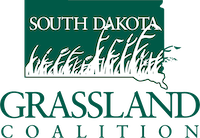Lamas
Winter hardy but needs to be sheared occasionally with no easily available market for the wool. Worming may be necessary, especially if they are kept on continuous pasture. Finding a lama can be difficult. One needs to watch the sale of barns. Hobby farms may be a source but tend to price their lamas higher than the sale barn. They can be very aggressive, biting and spitting whoever or whatever gets close. They need to be penned separately when working with sheep.
Dogs
Work well in larger pastures. Anderson likes the Akbash breed as they will kill predators rather than chase them away. They stay with the sheep rather than roam looking for predators. They are also more athletic than the Pyrenees.

